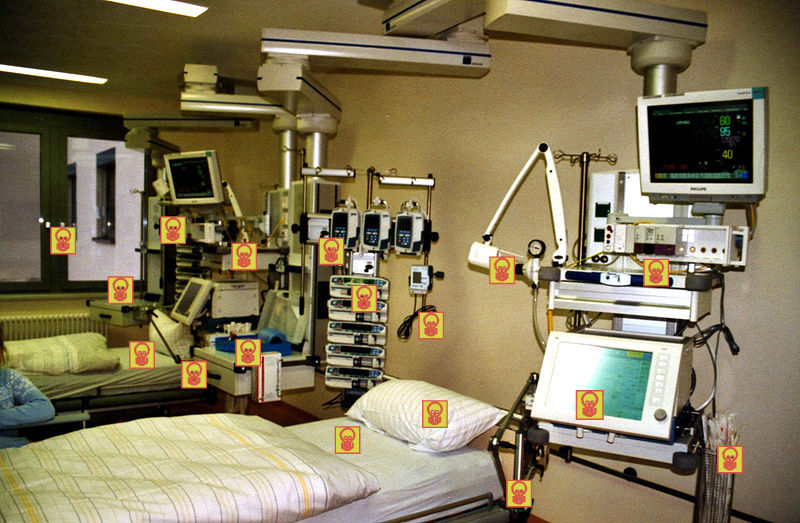New Hope For Amputees
Dr. Todd Kuiken of the Rehabilitation Institute of Chicago has developed a new surgical procedure that uses residual nerve signals to control a prosthetic limb. Called Targested Muscle Reinnervation (TMR) surgeons transfer the nerves that previously carried signals to the amputated limb to muscles in the chest and upper arm. These nerves grow into muscles that contract when the person thinks about moving his or her limb. Patients are able to perform complex tasks such as picking up cups, grasping a cracker without breaking it or putting a spoon in a cup.
How Prosthetics and the Brain Work Together
The brain controls muscles in limbs by sending electrical signals from the brain through the spinal cord to the nerves that are connected to muscles. Some amputees experience “phantom limb” because the remaining nerves still carry electrical signals from the brain to the site of the amputation.
The residual nerves are attached to healthy muscles in the chest, for example, where electrodes attached to the prosthetic limb are placed. When the brain gives a signal to move a hand, for instance, the nerves in the chest muscle provide electric signals to the prosthetic’s electrodes moving the hand.
The following video shows patients testing this type of device:
This advance will allow those in need of prosthetics to have more hope of returning to a more normal routine with respect to lifestyle, career, hobbies, plans and expectations.






